FUEL TYPES
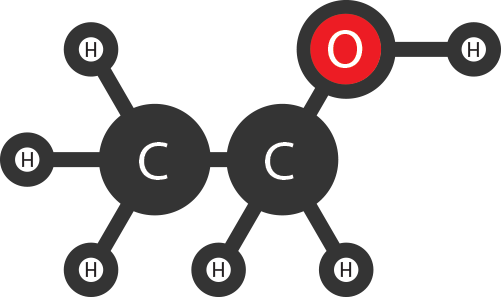
Ethanol
Also known as ethyl alcohol or grain alcohol, this flammable, colorless liquid is made by the fermentation of sugars in certain plants. In the United States, the vast majority of ethanol produced — more than 16 billion gallons in 2018 – is made from corn. In Brazil, sugarcane is the abundant, renewable feedstock of choice.
Most of the gasoline we buy every day already contains ethanol — up to 10 percent (E10). Adding ethanol to gasoline increases octane, which boosts engine power and performance.
More and more American vehicles can use higher ethanol blends right out of the factory: There are over 20 million flex-fuel vehicles on the road, all built to run safely and efficiently on E85, a fuel blend that’s between 51 percent and 83 percent ethanol. There are more than 3,000 stations in the U.S. that sell E85. All vehicles built since model year 2001 can also safely run on E15 (a blend of up to 15 percent ethanol), which more stations around the country are beginning to offer.
Ethanol can be made from a variety of plants, including switchgrass, corn stalks and leaves (called corn stover) and some varieties of cactus. The ethanol derived from these sources is called cellulosic ethanol. Ethanol can also be processed from our abundant new supplies of natural gas.
What’s the best feedstock? Ideally, the one that is widely available in a particular area and can be made into ethanol at the scale needed to meet consumer demand.
At the pump, E85 often sells for 15-30 percent less than regular gasoline. Ethanol does have less energy content than gasoline, but the engine efficiency gains from ethanol mean that E85 can cost less per mile to use.
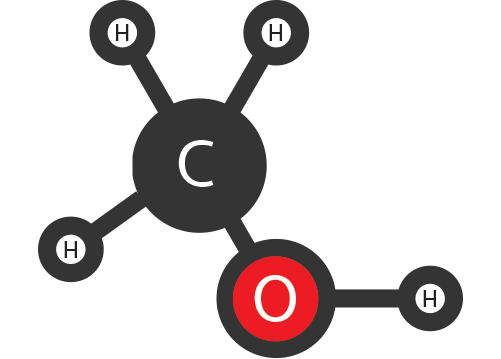
Methanol
Also known as methyl alcohol or wood alcohol, this flammable, colorless liquid is the simplest alcohol. Therefore, the process for converting raw materials to methanol is simpler than with ethanol, making the potential cost savings to the consumer very attractive. Anything that once was biomass can be converted to methanol for use as a fuel. These raw material “feedstocks” include coal, natural gas and farm waste. Trash in landfills emits methane gas over time, which can be captured and converted to methanol. Unlike ethanol, methanol is toxic and not fit for humans to drink. It’s used in making antifreeze, solvent and window cleaner. It’s the main component in windshield wiper fluid, which we dump directly to the atmosphere. Racecar drivers have been using methanol for decades because it has a higher octane and a lower flashpoint than traditional gasoline, making it safer in the event of a crash. Various tests have shown that methanol can safely be used in vehicles that also run on E85. But more so than with ethanol, material compatibility is a concern: Water in the fuel can cause corrosion of parts if the wrong material is used, such as zinc or aluminum.
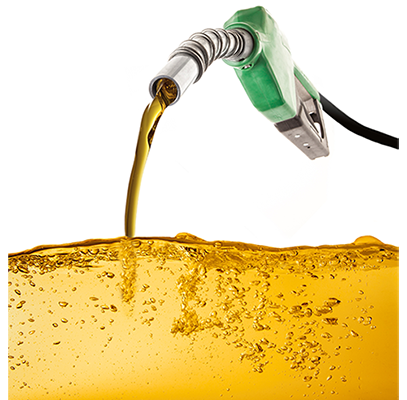
Gasoline
Only 19 gallons out of every 42-gallon barrel of crude oil ends up as gasoline. After being extracted from the ground, crude is shipped to an oil refinery, where it is heated to temperatures above 350°C in a pressurized chamber and distilled into gasoline. However, before it can be sold, this unfinished gasoline needs to be blended with additives to boost its low octane rating in order to achieve increased efficiency and avoid harming engines with pre-ignition and/or knocking — problems that can cause severe engine damage. Although lead was used as an additive in the United States from the 1920s through the mid-1990s, it was banned for causing brain damage. Most gasoline currently sold in the United States is blended with aromatics, ethanol, or some combination of the two to boost its octane rating. The use of aromatics is still controversial, however, due to their toxic and carcinogenic nature.
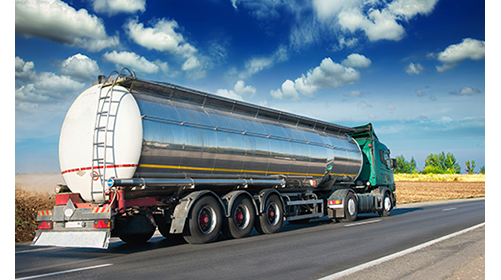
Diesel
Like gasoline, diesel fuel must also undergo a refining process before it’s ready for use, with approximately 12 gallons of diesel being made from every 42-gallon barrel of crude oil. At the refinery, crude is heated to temperatures between 200°C and 350°C and then distilled into diesel fuel. While diesel is generally acknowledged as being more efficient than gasoline and emits fewer greenhouse gases, diesel engines have trouble starting in cold weather and produce more NOx, one of the main components in smog.
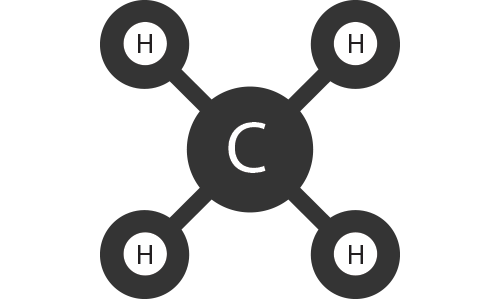
Natural gas
Methane (CH4) is the main component of natural gas, and it’s often found in the same wells that bring up oil. Methane is a simple molecule that burns cleanly, and currently there’s so much of it underground in the United States that oil drillers find it unprofitable to capture, so it’s burned off into the atmosphere. As a fuel, methane, in its gas form, has to be compressed (CNG) to be used in vehicles. CNG is mostly used in heavy-duty or commercial vehicles. Some types of vehicles, such as delivery trucks, use liquefied natural gas (LNG), which is cooled to -162°C. Individuals can also convert existing cars to run on natural gas (as CNG), but an EPA certified kit costs between $5,000 and $10,000.
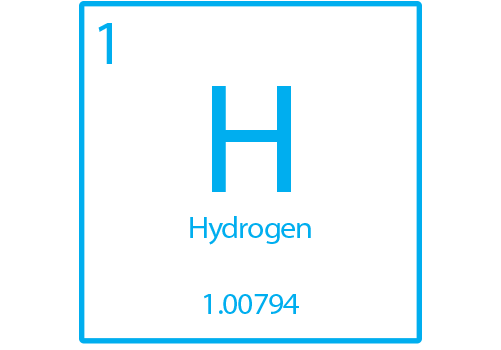
Hydrogen
The most common element on Earth, hydrogen (H2) is used as a transportation fuel when it’s contained inside electrochemical cells. There are several types of “fuel cell” vehicles on the market, including the Mercedes F-Cell and Toyota’s new Mirai. Hydrogen is pumped into the fuel cell as a gas, and when it ignites, it combines with oxygen to produce only water and heat, with zero toxic emissions. But hydrogen is rarely found in its pure state; most of the time it’s already bonded to another molecule (like water, H2O). It takes energy to split that bond, and currently that is difficult to balance out. Hydrogen requires only a 4 percent mixture with air to burn, so it’s easy to detonate and burns very quickly. Leaks are a concern during storage, however. And it takes a lot of energy to compress into an energy density appropriate for vehicle refueling. These vehicles are also much more expensive than vehicles that run on gasoline or alcohols.
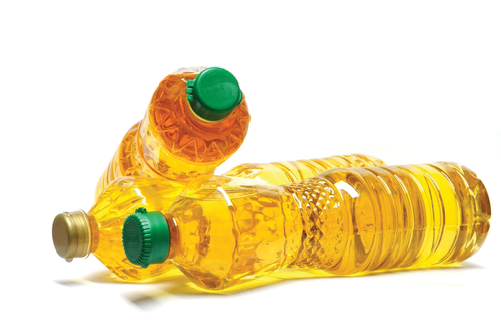
Biodiesel
This is vegetable oil that has had a glycerol removed, a process that involves adding methanol and lye. This makes the mixture less viscous and gives it additional energy density. This makes the fuel easier to use in vehicles year-round, even in winter. Straight vegetable oil (SVO) also is a “drop-in” fuel, but cold weather can cause the fuel to gel. It’s important to note that biodiesel replaces diesel fuel, not gasoline. Most diesel-fueled vehicles in the U.S. are heavy-duty and commercial trucks.






0 Comments
Be first one to comment